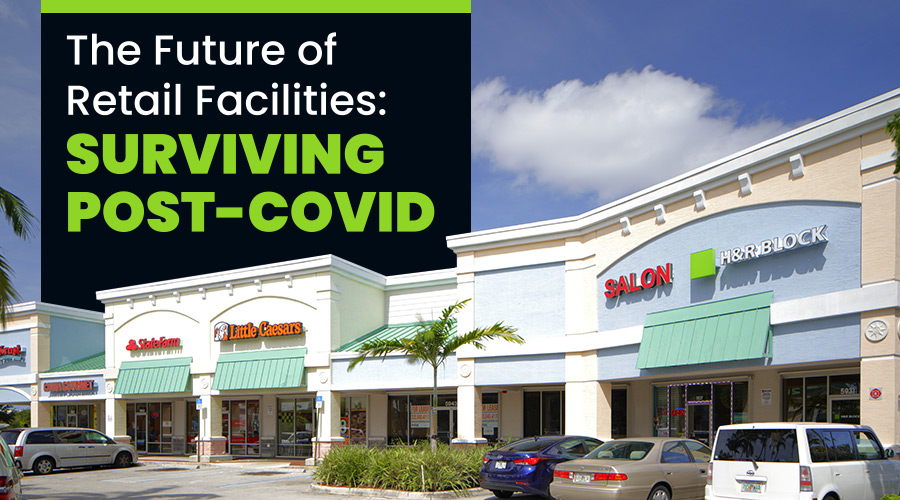Despite the COVID-19 pandemic, consumers are in the strongest shape in decades, dozens of retail chains are in expansion mode, retail IPOs are exploding, and there are now fewer concepts on bankruptcy watch lists than there were in 2019.
However, this health doesn’t mean that the retail sector won’t change in a post-pandemic world. In this short video, retail economist and COO of Lockehouse Retail Group, Garrick Brown, looks at the trends that will define the future for retail stores and restaurants, including how much this health will be determined by Amazon’s actions.
Here’s a preview:
Most of the challenges last year can really be broken down into mall-based retailers that mostly were already facing challenges, or restaurant services. Throughout the real estate ecosystem, keep in mind malls are a very small part of the retail real estate world — it's about 8 percent.
For grocery anchor centers, vacancy climbs up, but not all that much. I should let you in on a dirty little secret: most landlords are under-reporting their vacancies, not in a huge way for neighborhood and community centers, but if you're reliant on say a system like Costar, you can just add a couple percentage points to whatever they're saying when it comes to this asset class. But what did they lose? It was a lot of the mom and pops and services and most of it was space less than 2,000 square feet. If you're in leasing, the smaller the space, the easier it is to lease — and by the way, all the grocery guys did great. They want to expand. In fact, they can't find the large box space, which is why they're going to go to power centers more. Which is your suburban big box dominated players.
Now, home improvement killed it. Sporting goods killed it. Off price apparel was on pause but did they lose some craft stores like Michael's or JoAnn's or Bed Bath and Beyond. Sure those 30,000 square-foot footprints are going to be where the grocers go. Because that is the new darling — to have that 35,000 square-foot footprint. By the way, Amazon Fresh (their grocery concept that’s separate from Whole Foods), it's more of a middle-of-the-road thing. They're probably going to do 50 stores this year. I mean there's actually more growth in the pipeline than I've tracked in five years.
Back to the question of the mall, well the mall is going to go mixed use. We're going to lose a third of them. Residential development is the way to go. The last thing on the list for redeveloping malls will be industrial. Even though a lot of published articles say, ‘Can we raise them all and put Amazon in?’ We've had 200 miles go away in the last 15 years. Most of them became different shopping center types.





